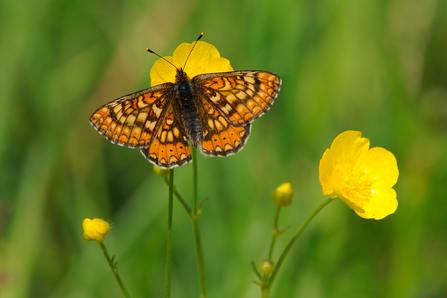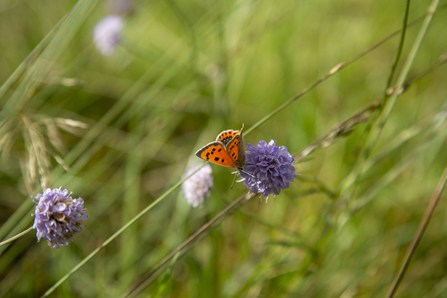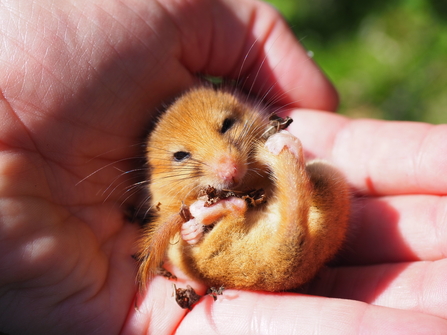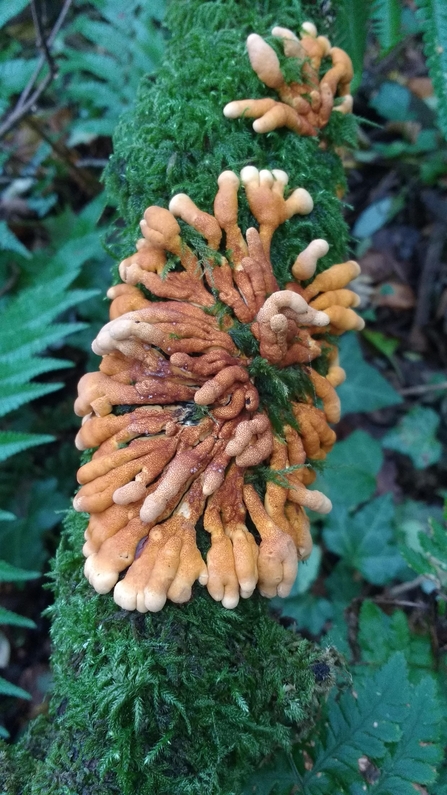5 minute read
Cornwall Wildlife Trust’s largest nature reserve, Helman Tor is jam packed full of wildlife treasures. As it is home to so many distinctive habitats and species, the reserve is designated as a Site of Special Scientific Interest (SSSI) and part of the site is designated as a Special Area of Conservation (SAC). These are the highest levels of protection that nature conservation sites receive in the UK.
This wild and special place was once extensively mined for tin using a process known as ‘tin streaming’. When the mining stopped in the 1960s, nature was given an opportunity to return and thrived in the varied landscape of humps, hollows, pools and ditches. The site is a fantastic example of nature bouncing back on land heavily disturbed by human activity.
Today the site has a wonderful mix of habitats and species which over the years have become increasingly rare both in Cornwall and the wider UK. The woodlands, heathlands and wetlands form a complex pattern across the site – and this is why it supports so much biodiversity!
Spring
Visit on an early morning in spring and you can lose yourself in the chorus of the birds. One of our special residents is the willow tit which lives in the wet woodlands and scrub. Sadly, since the early to mid-1970s, it is estimated that willow tit numbers across the UK dropped between 88-94% - making it the UK’s most threatened breeding bird.





